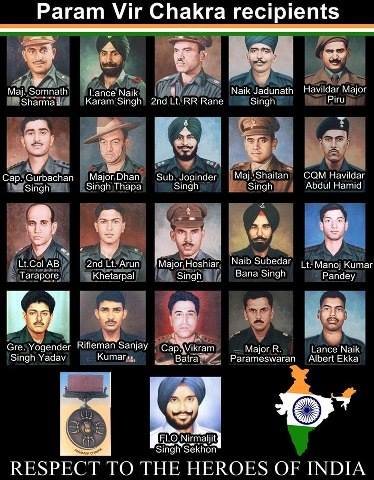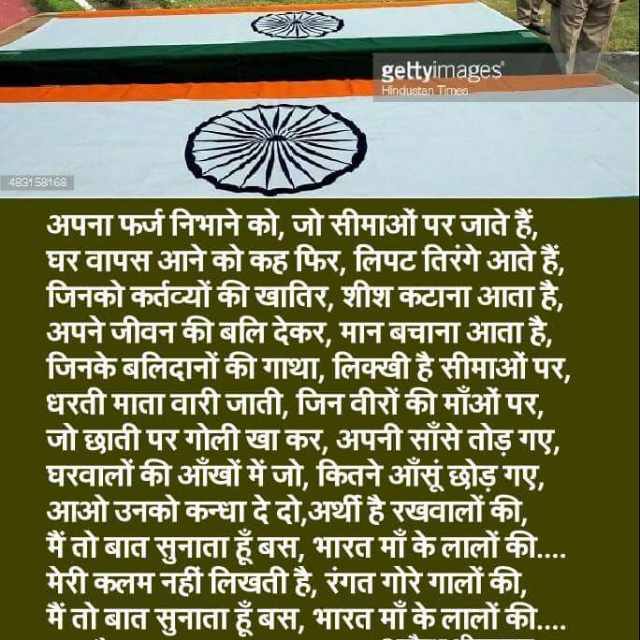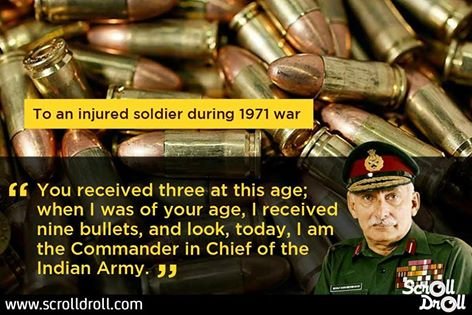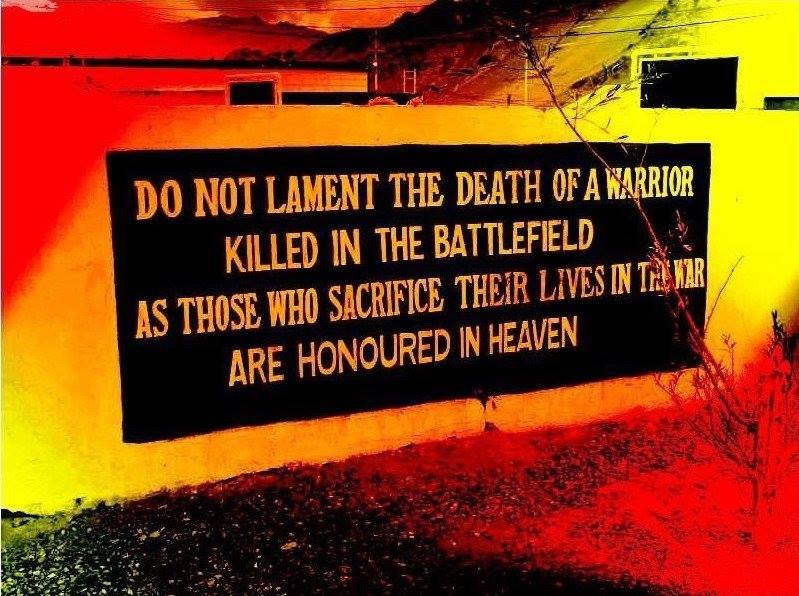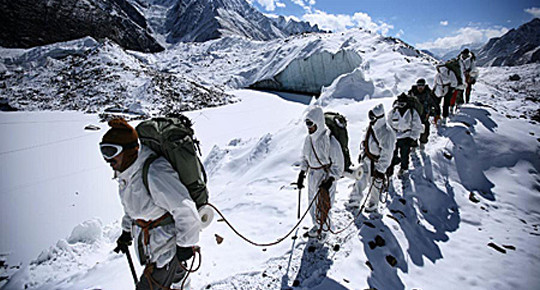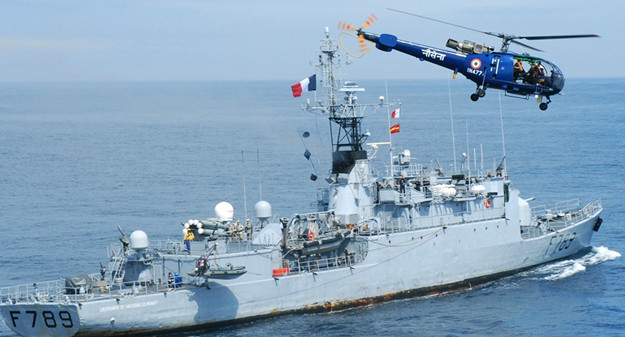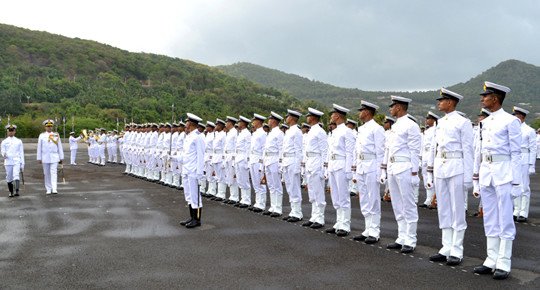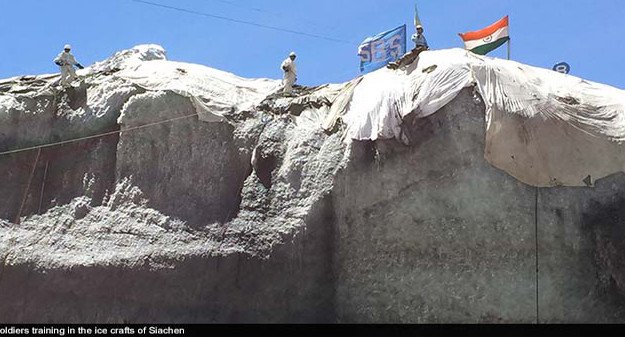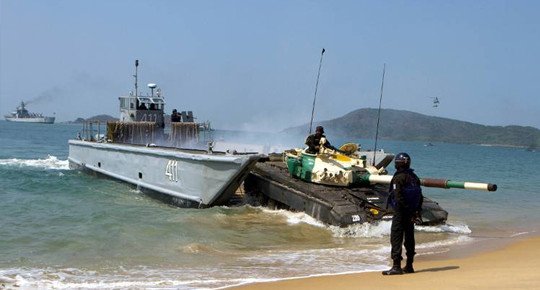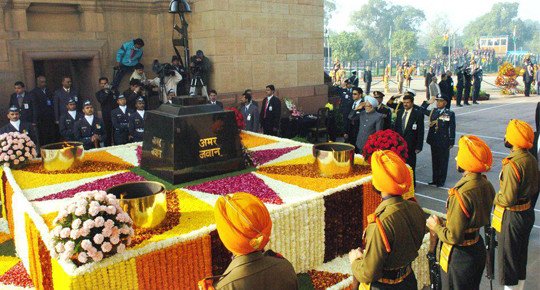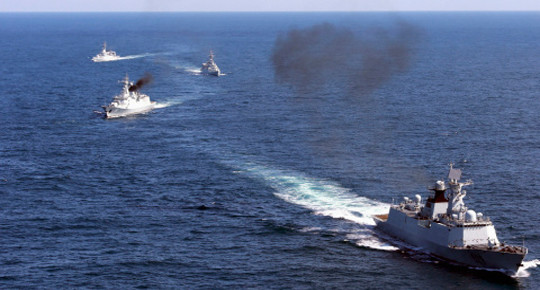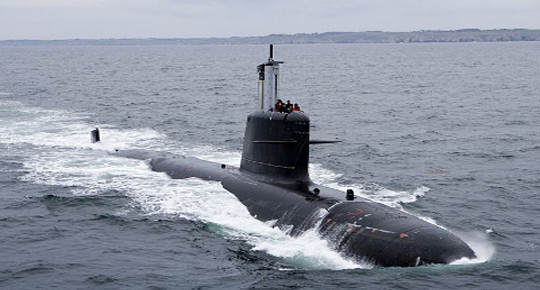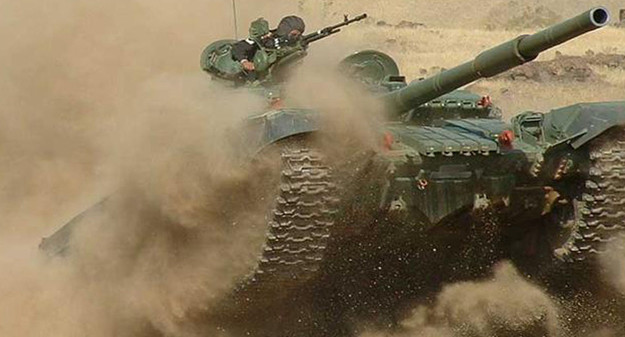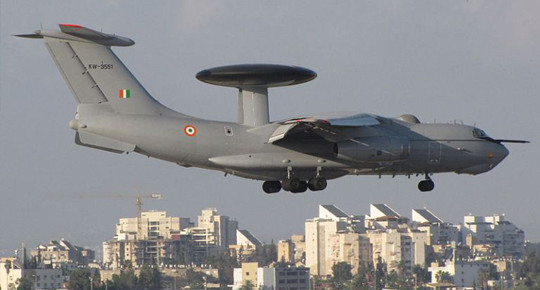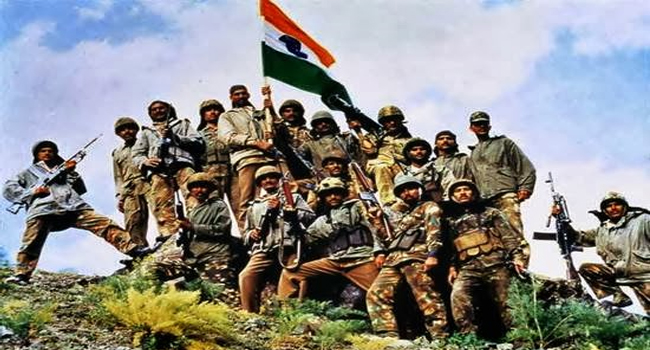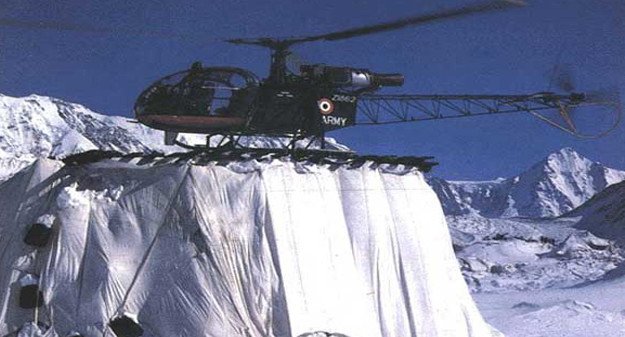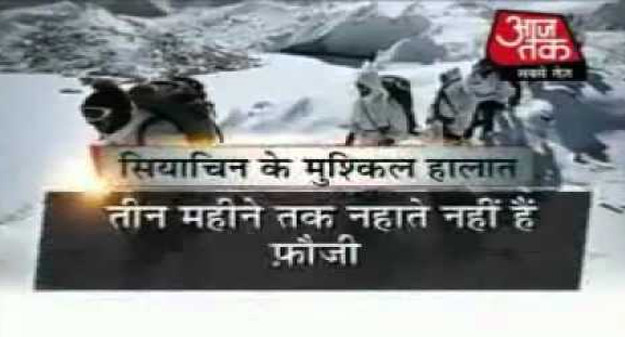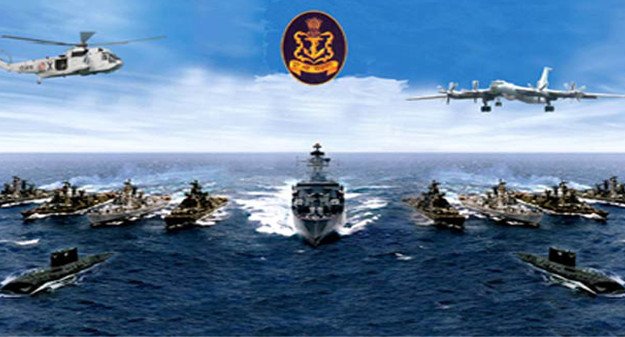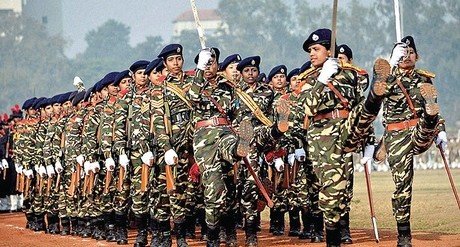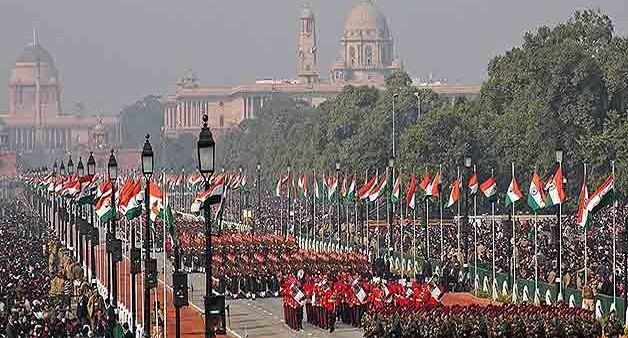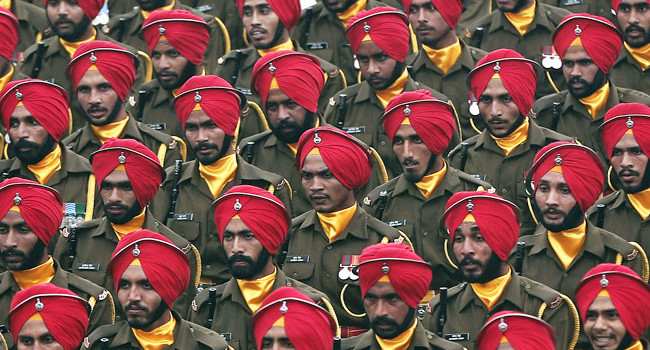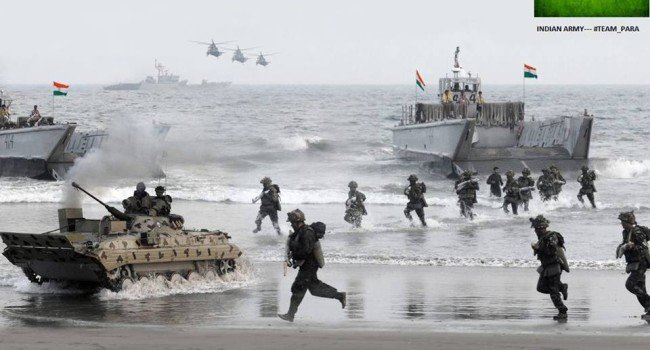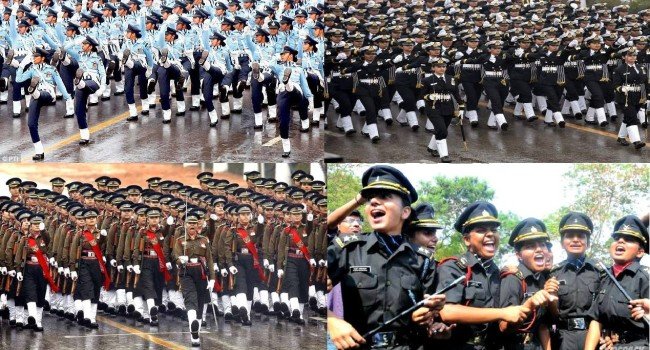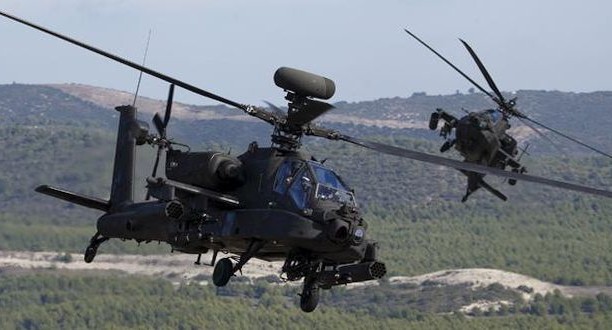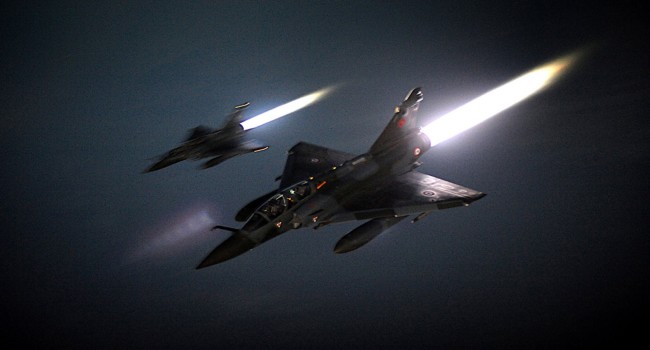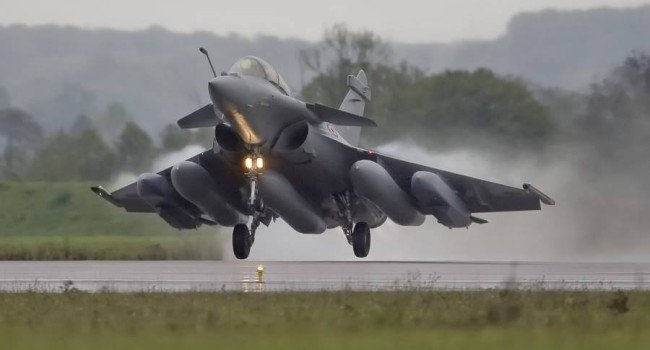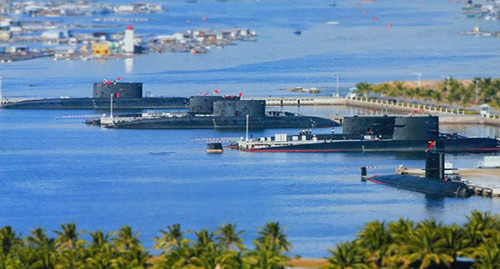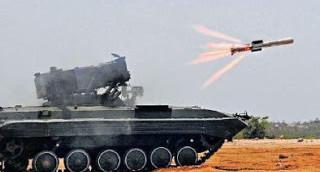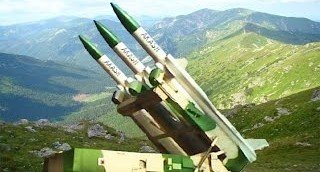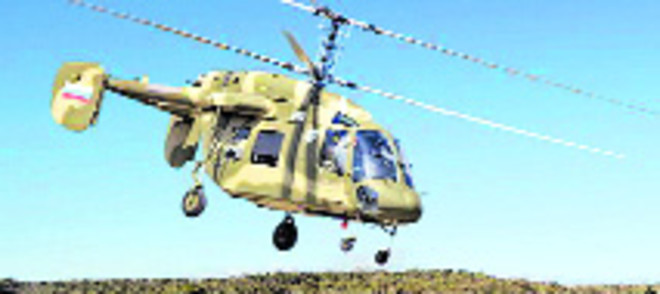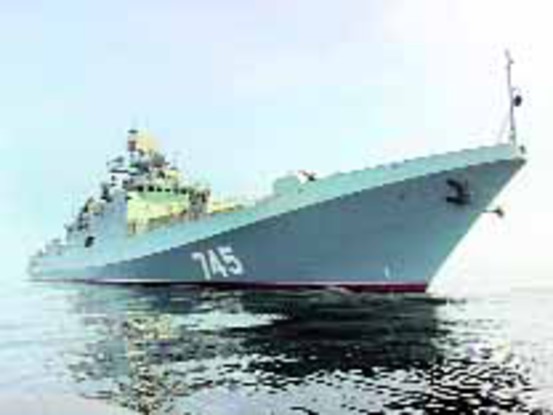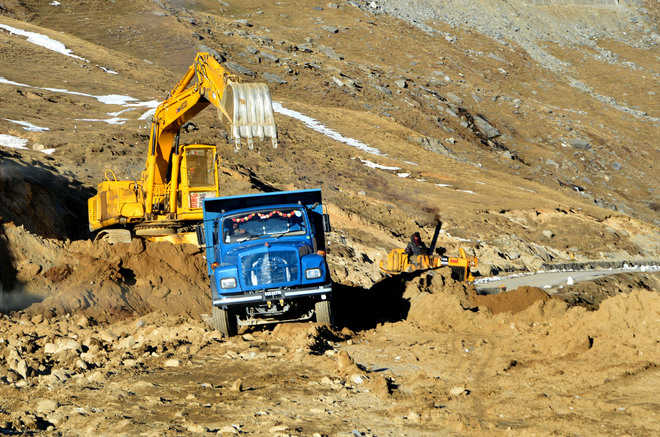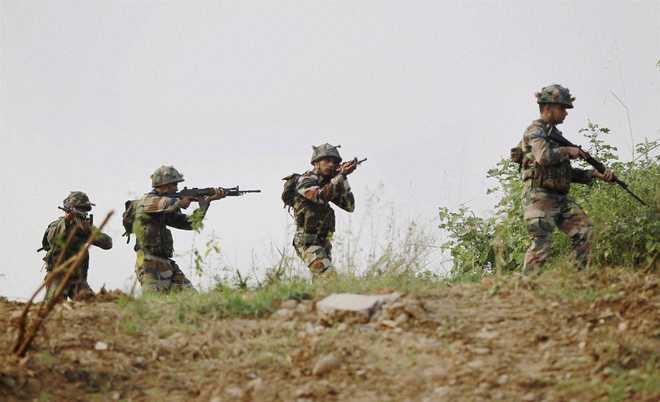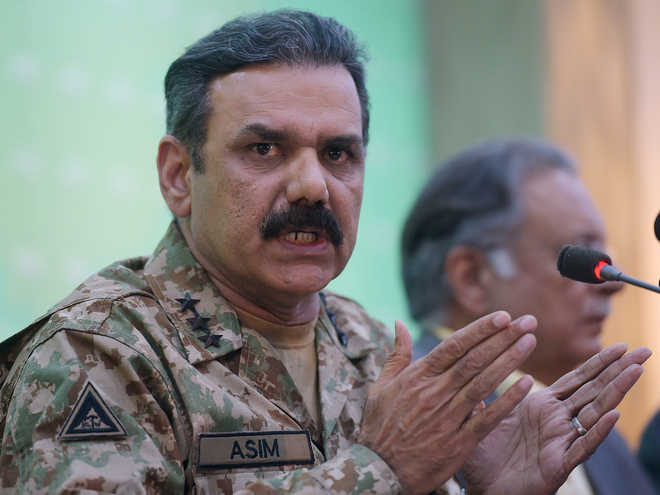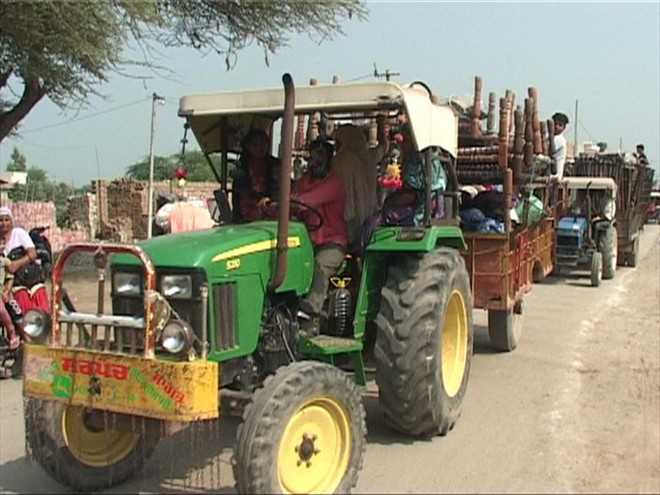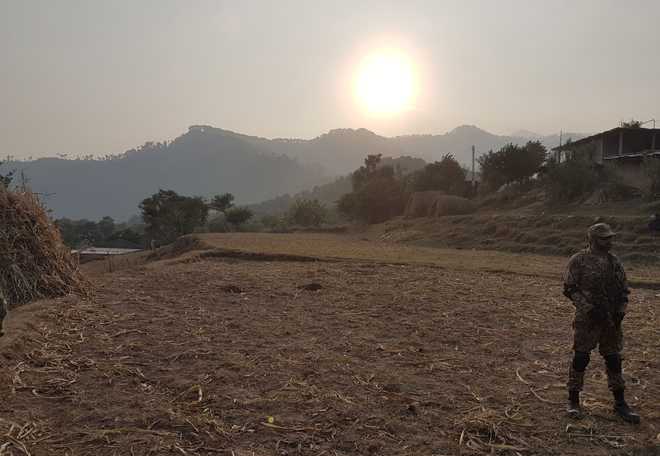Says government has failed to provide facilities promised to kin of martyrs
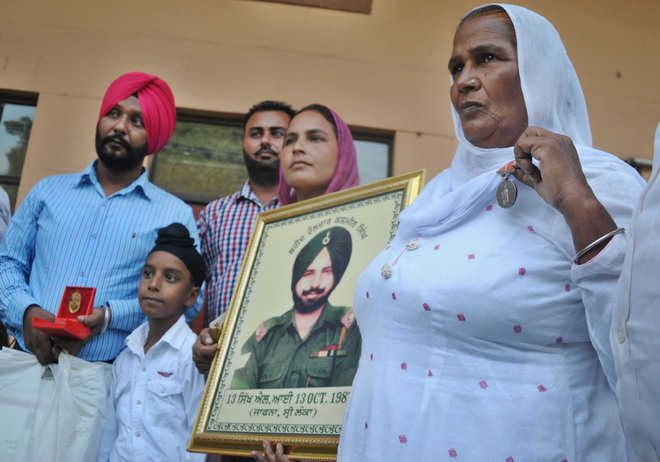
Surinder Kaur holds the Sena Medal awarded to her husband Havildar Kashmir Singh while her daughter carries his picture at the DC office in Ludhiana on Monday. Tribune Photo: Himanshu Mahajan
Gurvinder Singh
Tribune News Service
Ludhiana, October 17
A war widow returned her husband’s medal in protest against the government’s failure to provide facilities promised to the kin of jawans who laid down their lives in Sri Lanka in 1987. Surinder Kaur, wife of Army Havildar Kashmir Singh of Gurdaspur, who attained martyrdom as part of the Indian Peace Keeping Force during Operation Pawan in Sri Lanka, submitted her husband’s Sena Medal and a letter addressed to Prime Minister Narendra Modi to an official to be handed over to Modi during his visit to the city tomorrow.She said her son was only eight years old and her daughter six years old when her husband attained martyrdom. She couldn’t see the body of her husband as it never reached India, she lamented.Twenty jawans of 13 Sikh Light Regiment, in addition to commandos, were killed when they were para-dropped at Jaffna University in an attempt to take control of Jaffna from the LTTE.She said her husband was conferred Sena Medal posthumously in 1991. It was announced by the government that kin of the Indian Army jawans, who were gunned down in Sri Lanka, would be given 10 acres of land, a petrol station or an agency apart from a government job to one member of the each family, she claimed. “I received official letters and made to do the rounds of offices in Gurdaspur and Amritsar. The officials concerned said the matter concerned the other district,” she said, with tears rolling down her eyes. She said if the government couldn’t look after the family of the martyr who laid down his life for the country, there was no point keeping the medal.Satnam Singh Dhaliwal, president of the Universal Human Rights Organisation, said the government had given facilities to the family of Indian spy Sarabjeet, who died in Pakistan jail, but had been indifferent to the brave soldiers who laid down their lives during the Army operation in Sri Lanka. Meanwhile, Swati Tiwana, Assistant Commissioner, said she asked the family to reconsider the decision to return the medal. She said they would check out with the Gurdaspur administration and look into the matter.










